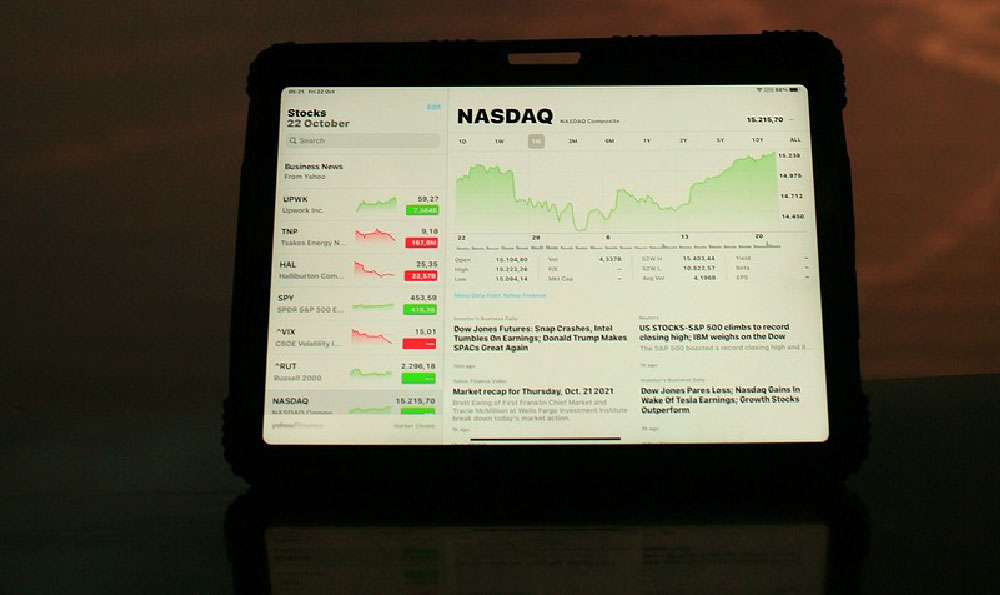How To Make Money With 3D Printers: What Are the Best Ways & Is It Profitable?
The allure of 3D printing, with its promise of on-demand creation and personalized manufacturing, extends beyond hobbyists and engineers. Many are now eyeing it as a legitimate avenue for generating income. However, the journey from owning a 3D printer to actually profiting from it requires a blend of strategic planning, technical understanding, and a realistic assessment of the market. Let's delve into the viable ways to monetize this fascinating technology, and the factors that will determine its profitability for you.
One of the most accessible entry points is offering 3D printing services. This involves printing designs provided by clients, acting as a sort of on-demand manufacturing hub for individuals and small businesses. The success here hinges on acquiring a printer (or printers) capable of handling a diverse range of materials and print volumes. Marketing your services is critical; consider online platforms like Etsy, specialized 3D printing service marketplaces (e.g., Treatstock, 3D Hubs), and even local community groups. Niche down to differentiate yourself. Instead of offering generic printing, specialize in printing architectural models, cosplay props, or replacement parts for vintage machinery. This targeted approach attracts customers actively seeking specific expertise and willing to pay a premium. Pricing is also crucial. Analyze your material costs, electricity consumption, labor time (including pre-processing and post-processing), and desired profit margin. Competitor analysis helps establish a reasonable market rate, but emphasizing quality, speed, and specialized materials can justify higher prices.
Beyond simply printing existing designs, you can leverage your 3D printing capabilities to create and sell your own products. This avenue offers potentially higher profit margins but demands creativity, product development skills, and market validation. Consider areas where 3D printing offers a distinct advantage: personalized gifts, custom phone cases, unique home decor items, or even small-scale manufacturing of specialized tools. Begin by identifying unmet needs or existing products that can be improved through 3D printing. Develop prototypes, test them rigorously, and gather feedback. Iterative design is key to creating a product that resonates with your target audience. Creating appealing designs is one part of the puzzle; presenting them effectively is another. High-quality product photography and compelling descriptions are essential for online sales. Utilize e-commerce platforms like Shopify or Etsy to reach a wider audience. You might also consider partnering with local retailers to sell your products in brick-and-mortar stores, adding a level of visibility and legitimacy.

Another potentially lucrative, albeit more technically demanding, avenue involves designing and selling 3D models online. If you possess CAD (Computer-Aided Design) skills, you can create intricate and functional designs that others can download and print themselves. Platforms like Thingiverse, MyMiniFactory, and Cults3D serve as marketplaces for 3D models. The appeal lies in the scalability; once a model is created, it can be sold repeatedly without requiring additional manufacturing effort. Start by identifying a niche where there's demand for unique 3D models. This could be anything from replacement parts for specific appliances to miniature figurines of popular characters. Thoroughly test your designs to ensure they are printable and functional. Provide clear printing instructions and support for customers who may encounter issues. Consider offering variations of your models, such as different sizes or levels of detail, to cater to a broader audience. Building a strong online presence through social media and engaging with the 3D printing community helps drive traffic to your model listings.
While the potential rewards are significant, it's imperative to acknowledge the challenges and potential pitfalls of monetizing 3D printing. One of the primary hurdles is the initial investment in a reliable 3D printer. Entry-level printers are relatively affordable, but they may lack the precision, speed, and material compatibility required for professional-grade printing. Industrial-grade printers offer superior performance but come with a significantly higher price tag. Carefully assess your budget, printing needs, and target market before making a purchase.
The learning curve associated with 3D printing can be steep. Mastering CAD software, understanding different printing materials and their properties, and troubleshooting printing issues requires time and effort. Online resources, tutorials, and community forums can provide valuable support, but be prepared to invest in continuous learning. Competition in the 3D printing market is steadily increasing. Differentiating yourself through specialized services, unique products, or high-quality designs is essential for standing out from the crowd. Conducting thorough market research to identify unmet needs and untapped opportunities can significantly improve your chances of success. Intellectual property is another crucial consideration. If you are creating and selling your own designs, take steps to protect your intellectual property by registering copyrights or patents where appropriate. Be mindful of potential copyright infringement when printing designs created by others.
Is 3D printing profitable? The answer is nuanced. It depends on various factors, including your investment, your skills, your chosen business model, and the demand for your products or services. Treat it like any other business venture. Develop a solid business plan, conduct thorough market research, manage your finances wisely, and be prepared to adapt to changing market conditions. Don't underestimate the importance of networking and building relationships within the 3D printing community. Collaboration can lead to new opportunities, valuable insights, and mutual support. With careful planning, dedication, and a realistic understanding of the market, you can indeed turn your 3D printing passion into a profitable venture.















